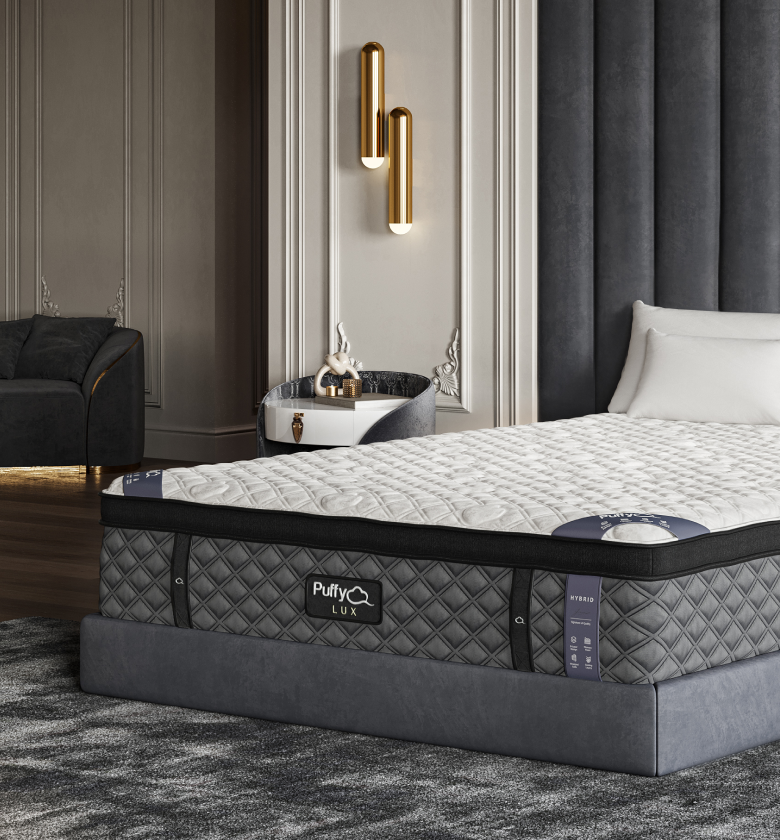For new parents eager to create a custom haven for their newborns, the idea of crafting a DIY bassinet mattress may be incredibly appealing. But when it comes to our precious little ones, both safety and comfort are paramount. So, can you actually make a bassinet mattress that is both safe and cozy? Let’s break it down.
Can You Make a Bassinet Mattress?
Yes, it’s entirely possible to make your own bassinet mattress. If you’re handy with a sewing machine and understand the basic principles of mattress construction, this could be a rewarding project for you.
What You’ll Need:
- High-density foam
- Breathable fabric
- Measuring tape
- Sewing machine
- Scissors
Is It Safe to Make Your Own Bassinet Mattress?
Making your own bassinet mattress is a task that requires meticulous care. A poorly-made mattress could be a safety hazard, so make sure you’re aware of safety guidelines.
Safety Precautions:
- Use high-density foam to reduce the risk of Sudden Infant Death Syndrome (SIDS).
- Ensure there are no gaps between the mattress and bassinet walls.
- Always consult pediatric guidelines and perhaps your pediatrician.
How to Make a Bassinet Mattress
Crafting a DIY bassinet mattress isn’t rocket science, but it does require some technical skill and knowledge.
Step-by-Step Guide:
- Get the Dimensions: Measure your bassinet to determine the size of your mattress.
- Choose Material: Opt for high-density foam as it provides good support and reduces the risk of SIDS.
- Cut the Foam: Use a sharp knife to cut the foam according to your dimensions.
- Prepare Fabric Cover: Measure and cut breathable fabric to sew around your foam.
- Sew the Cover: Use a sewing machine to create a snug cover around the foam.
- Safety Check: Test to make sure there are no gaps where your baby could potentially get stuck.
How to Make an Organic Bassinet Mattress
For eco-conscious parents, an organic mattress is an attractive option.
Organic Materials:
- Organic cotton fabric
- Organic latex foam
Steps:
- Follow the same steps as a regular bassinet mattress but replace all materials with their organic counterparts.
- Ensure the organic materials meet all safety standards.
Check out Puffy mattress reviews from real customers and see how we compare with other brands.
How to Make a Wool Mattress for Bassinet
Wool is a natural, breathable material that’s great for temperature regulation.
Materials:
- Wool batting
- Cotton cover
Steps:
- Measure and cut wool batting to fit your bassinet.
- Encase the wool batting in a cotton cover.
- Sew securely and test for safety.
How to Make a Bassinet Mattress Cover
A removable cover is an excellent addition for easy cleaning.
Steps:
- Measure your homemade bassinet mattress.
- Cut a fabric piece that can cover it completely and add zippers or buttons for easy removal.
- Sew it neatly and make sure it fits snugly around your mattress.
How to Make Bassinet Mattress Softer
Sometimes, you may find that your DIY mattress is too firm.
Softening Methods:
- Add a quilted cover.
- Use softer foam for the top layer.
- Opt for a padded fabric cover.
Caution:
Softening the mattress should not compromise its firmness to the point of being a SIDS risk.
Conclusion
Making your own bassinet mattress is a doable but ambitious project that requires attention to detail, especially when it comes to safety standards.
Use our store locator to find the closest furniture or mattress store near you and feel the cloudlike comfort of our Puffy Mattress in person.
Whether you opt for an organic mattress, a wool one, or one with a custom cover, this guide is designed to help you navigate the complexities of creating a safe and comfortable sleep environment for your baby. Always consult healthcare professionals for tailored advice. Happy crafting!

- Award-winning comfort.
- Lifetime warranty.
- 101-night sleep trial.
- Free shipping and returns.
- 100% made in USA.












